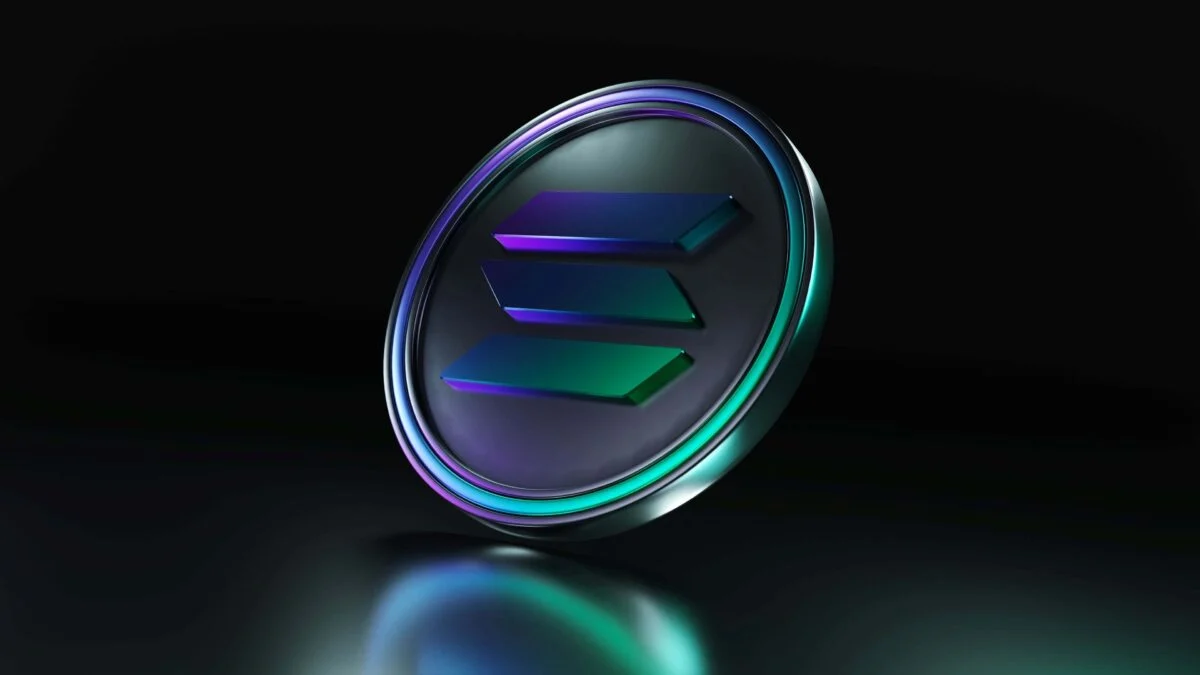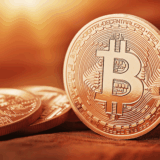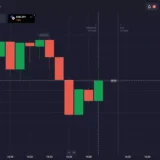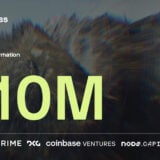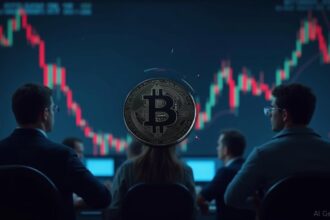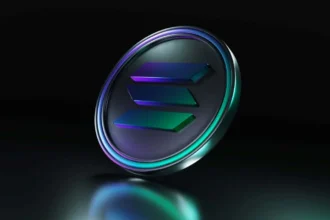Solana co-founder Anatoly Yakovenko has ignited a heated debate in the crypto community after describing memecoins and NFTs as “digital slop.” His remarks have drawn sharp criticism, especially considering these assets dominate much of the activity on the Solana blockchain.
According to Yakovenko, the popularity of memecoins and NFTs is not an indicator of value. He likened them to loot boxes in mobile games, stating that there is nothing intrinsically valuable about people spending money on something. He observed that the mobile gaming world has a consumer spending of more than $150 billion every year, but most of these purchases are unlikely to give consumers any utility.
The remarks were also related to the continuous debate on social media, where Yakovenko was against suggesting that all viral coins possess actual value. He wondered whether holders of tokens could derive a benefit other than that of speculative trading, including earning or utility. His positioning on the market showed that price fluctuated based on value, and by this, he indicated that the actual value lies above the hype of the market.
Industry Reactions Highlight Division Over Value and Hype
His utterances led to a wave of reactions in the crypto community. The respected Web3 voice Jesse Pollak responded to Yakovenko with his defence of the cultural and community merit of memecoins. He then claimed that certain coins, primarily those related to creators or content, are valuable like art in that the demand for them is not based on economic investment but on some kind of collective meaning.
Critics like Adam Hollander, an executive at the Ethereum blockchain site OpenSea, responded with force. According to Hollander, the remarks were uninspiring, as the issue of provable digital ownership is increasingly becoming topical. According to him, NFTs, specifically, are a permanent change in the way people value digital content.
But Yakovenko did not give up, saying once again that the hype created by the creator is not a guarantee of sustainability. He noted that most users are interested in making money by selling it before others cool off. This, he believed, highlights the deficiency of intrinsic value.
His remarks have been attracting attention since Solana is an extremely large network fueled by NFT activities and memecoin trading. Even a bright crypto figure, Beanie, commented that Solana without these assets can be like other chains that have not been used properly, such as Tezos, which once competed but lost its appeal.
Currently, Solana (SOL) has a market value of more than $100 billion, making it one of the most powerful cryptocurrencies. Even though the figures are impressive, Yakovenko’s remarks have shed some light on the difference between blockchains’ usability and speculative tendencies.
Conclusion
With the argument that has ensued, Yakovenko’s position has reinstated the issue of where value resides within the crypto markets. Given that Solana is so closely connected to the same technologies that he lamented about, the discussion can influence the way users and developers shape the future of Web3.
Also Read: Ethereum Nears $4,000: What’s Fueling the Sudden Surge and Can It Sustain the Momentum?

